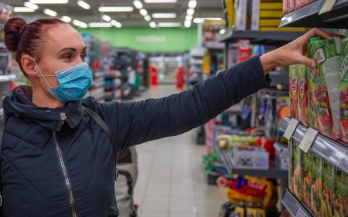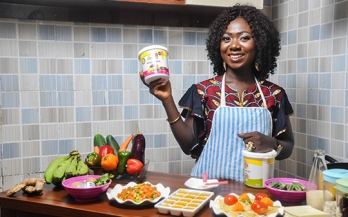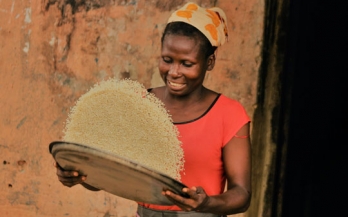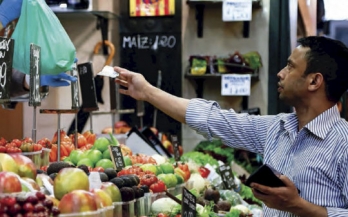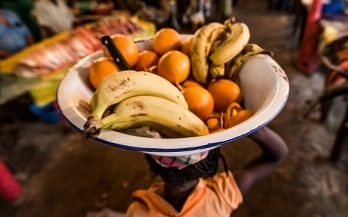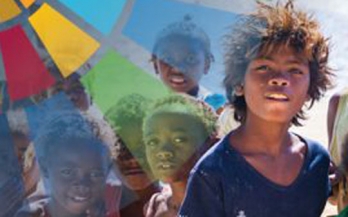Nigeria is a vast and diverse nation, and Africa’s most populous country. While Nigeria enjoys a rich food culture increasingly recognised around the world, its food and nutrition issues remain significant. These must be overcome to achieve prosperity for all. Home to the second highest population of stunted children under five in the world, Nigeria also faces natural challenges and climate change challenges.
As a nation, Ethiopia joins over 125 countries that have embarked on coordinating efforts for inclusive, multistakeholder Food Systems Summit Dialogues to engage around the vision of the "people’s summit". All over the world, countries have been holding – and in some cases continue to hold – national and sub-national dialogues to surface and prioritise needs and actions.
At the national level, Mozambique joins over 125 countries that have embarked on coordinating efforts for inclusive, multistakeholder Food Systems Summit Dialogues to engage around the vision of the "people’s summit".
Today is International Youth Day, an awareness day created by the United Nations. The theme this year, "Transforming food systems: Youth innovation for human and planetary health", highlights the upcoming United Nations Food Systems Summit, an international event providing global leaders an opportunity to launch new policy and programmatic actions for the Sustainable Development Goals (SDGs).
BLOG: The impacts of the COVID-19 pandemic on Small and Medium Enterprises (SMEs) in the food system have been well captured over the last year. Before COVID-19, SMEs in low-and middle-income countries (LMICs) were already facing several challenges that limited their ability to grow and increase production of affordable nutritious foods. production, to knowledge and technical support to improve food safety and quality, and to networks to grow and share knowledge.
BLOG: Over the past eight months we—in our capacity as Action Track Chairs for the UN Food Systems Summit—have received well over 2,000 written submissions from around the world on how to transform food systems so that they can deliver access to safe and nutritious foods for all, in ways that deliver sustainable consumption, use approaches that are positive and regenerative for nature, generate livelihoods and decent work for those who depend on the food system, while promoting equity and building resilience for all.
when fortification’s done right, payoffs are large in terms of improved nutritional status, cognition, and productivity – which is why it’s so widely implemented. And wherever it’s implemented, we need to know if it’s working. Ideally, we’d measure impact on reduced nutrient deficiencies or related health outcomes, but this can be difficult for reasons of cost or because of the time taken for fortification programmes to yield measurable impacts. So what do we do instead?
Food is traded both globally and locally. Yet even when consumers can purchase food from all over the world, local, "traditional" markets often provide the least expensive, freshest products with the shortest supply chains. And that is why local markets are ubiquitous and essential for feeding consumers of all types.
BLOG: The Worldwide Fund for Nature (WWF) and the Global Alliance for Nutrition (GAIN) have just signed up to a new partnership. WWF aims to stop the degradation of the earth’s natural environment and to build a future in which humans live in harmony, and GAIN to deliver more nutritious food for all people. At face value fundamentally different jobs. Why would they be joining forces? The answer is simple: food systems are failing nature and are leaving billions of people without safe and nutritious food.
The number of people who go to bed hungry was rising steadily prior to the COVID-19 pandemic due to stresses related to climate, inequality and conflict, and now stands at 690 million. The pandemic has supercharged these trends. The latest UN estimates are sobering, with an additional 130 million projected to be suffering from hunger, even before the devastating pandemic numbers we are currently seeing from India and Brazil.




